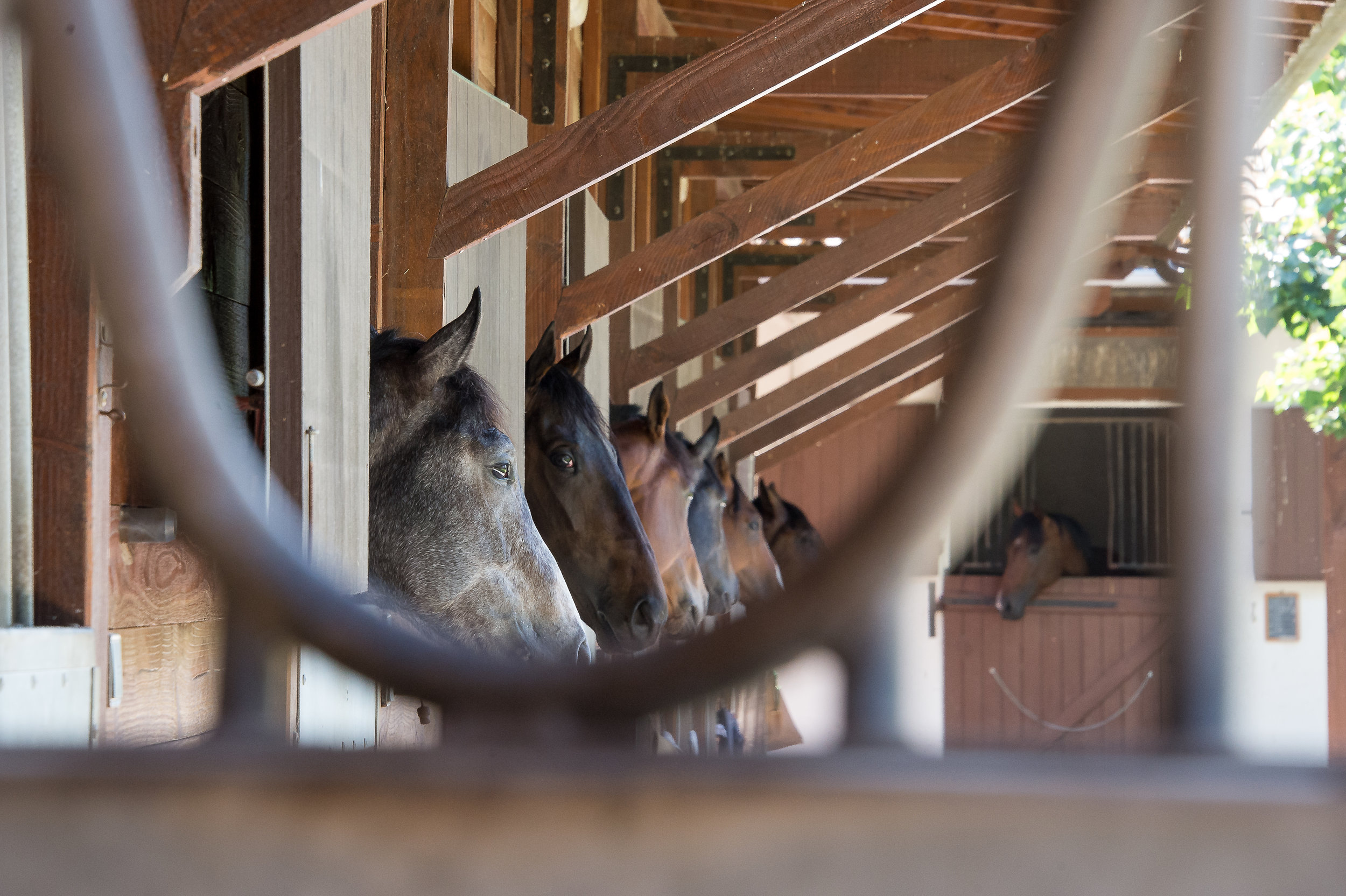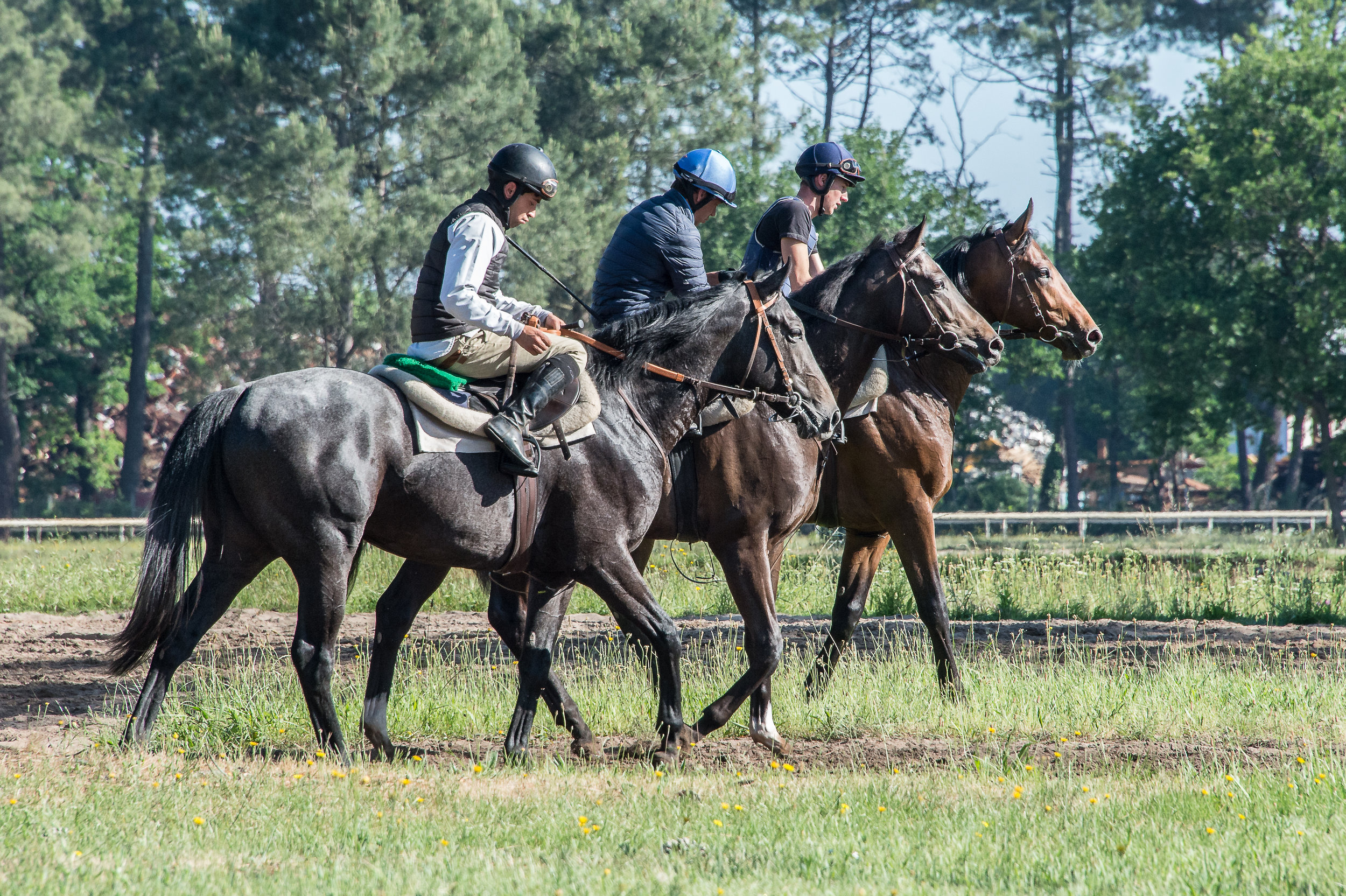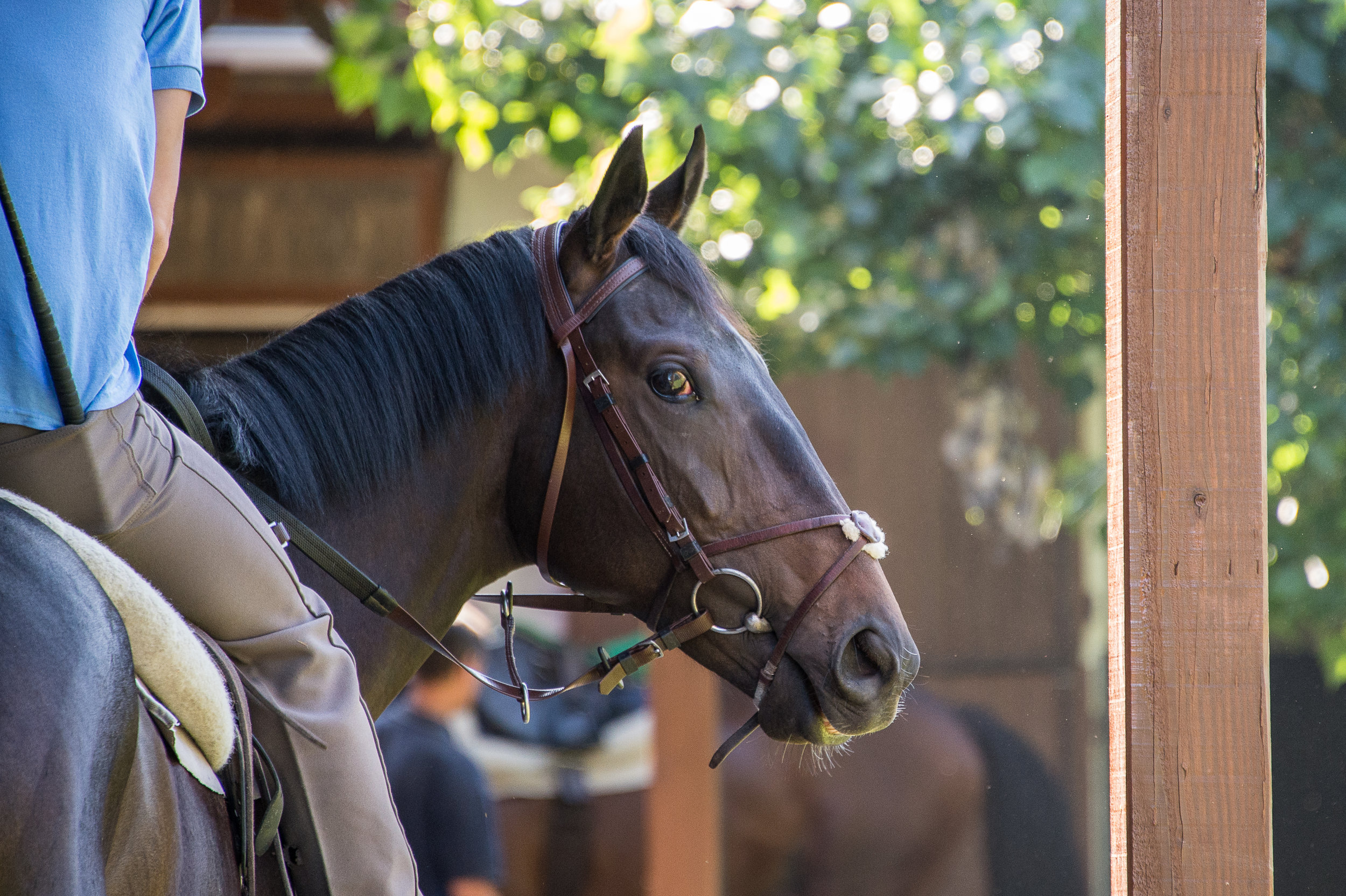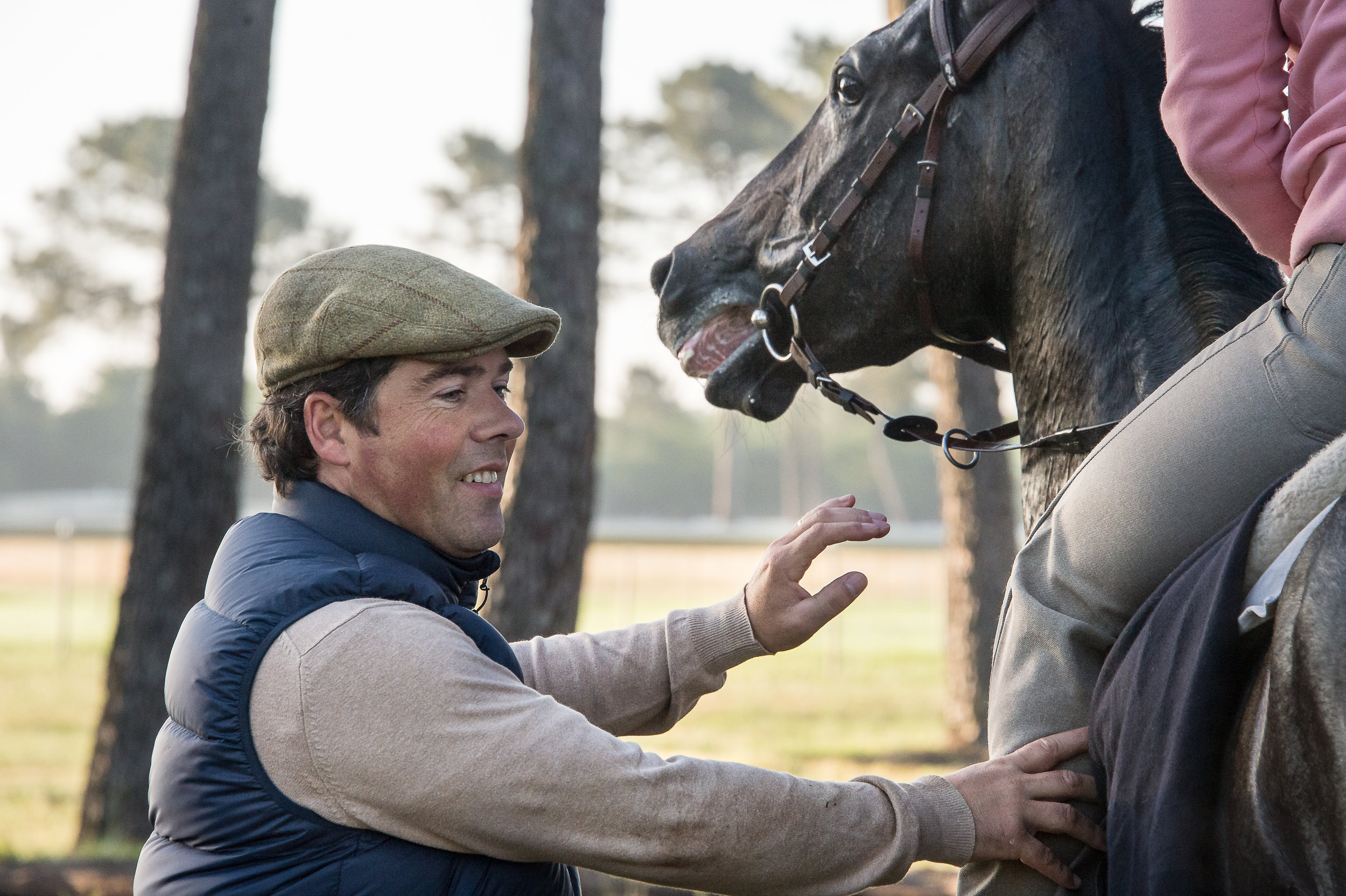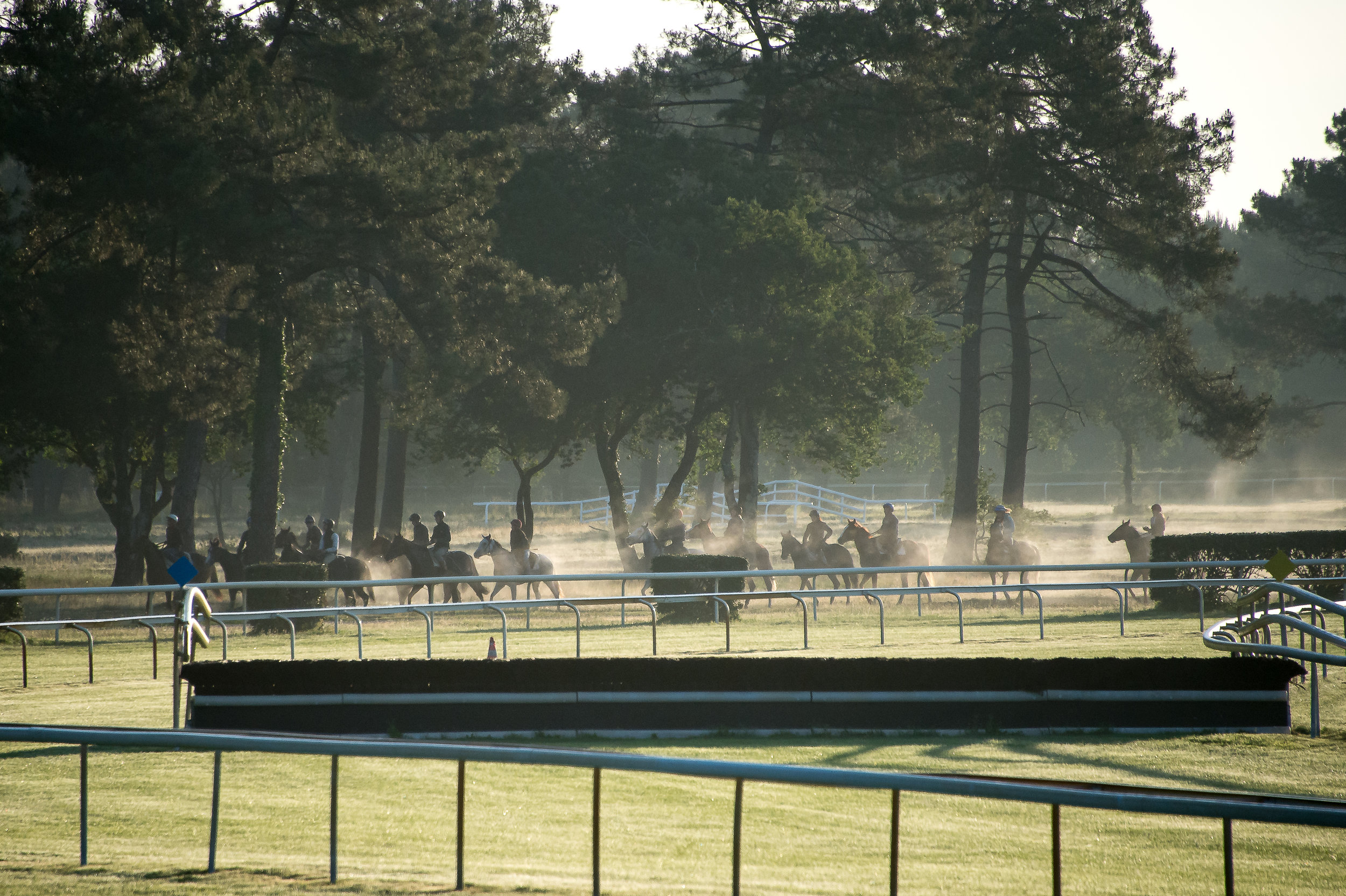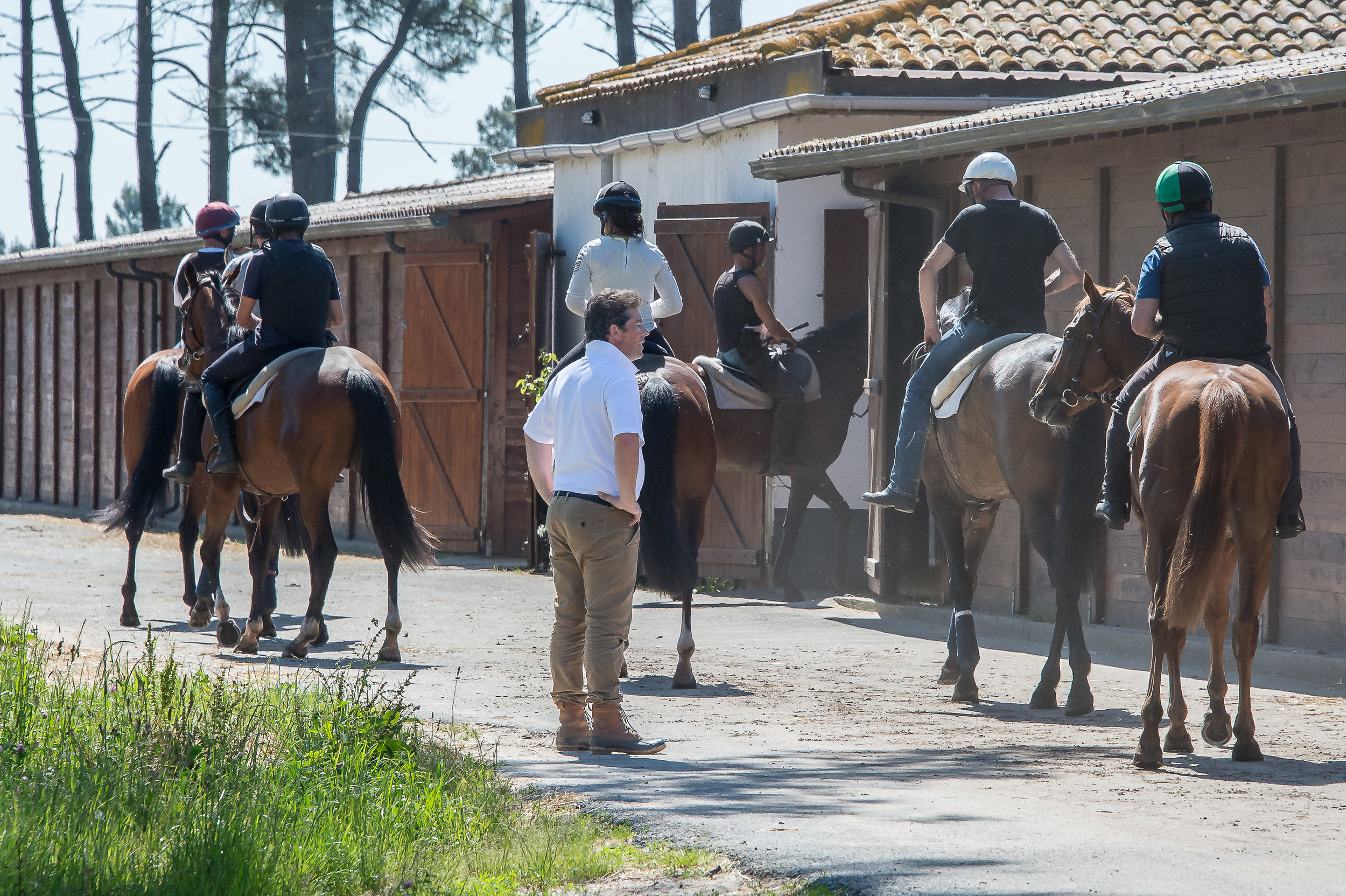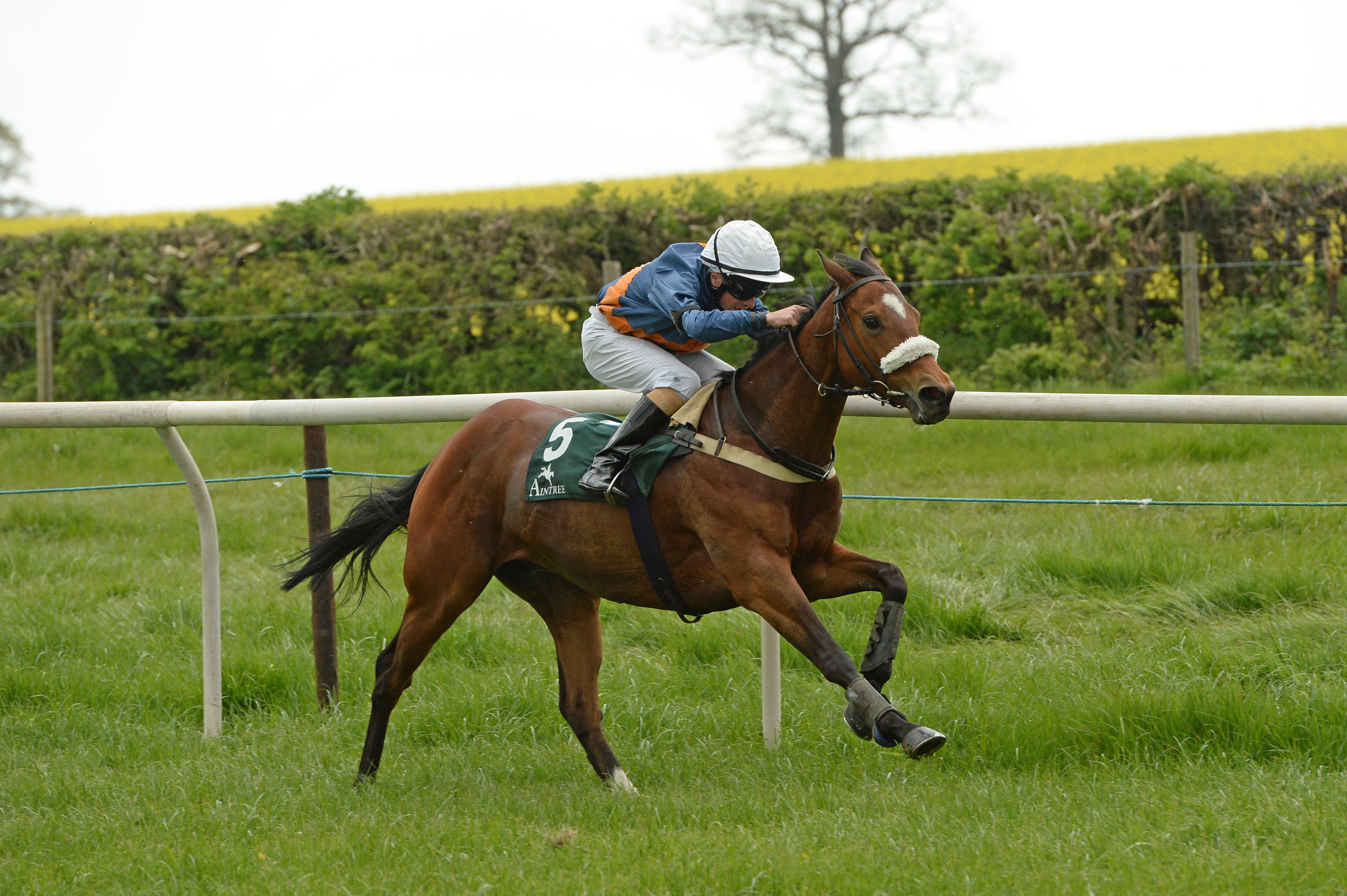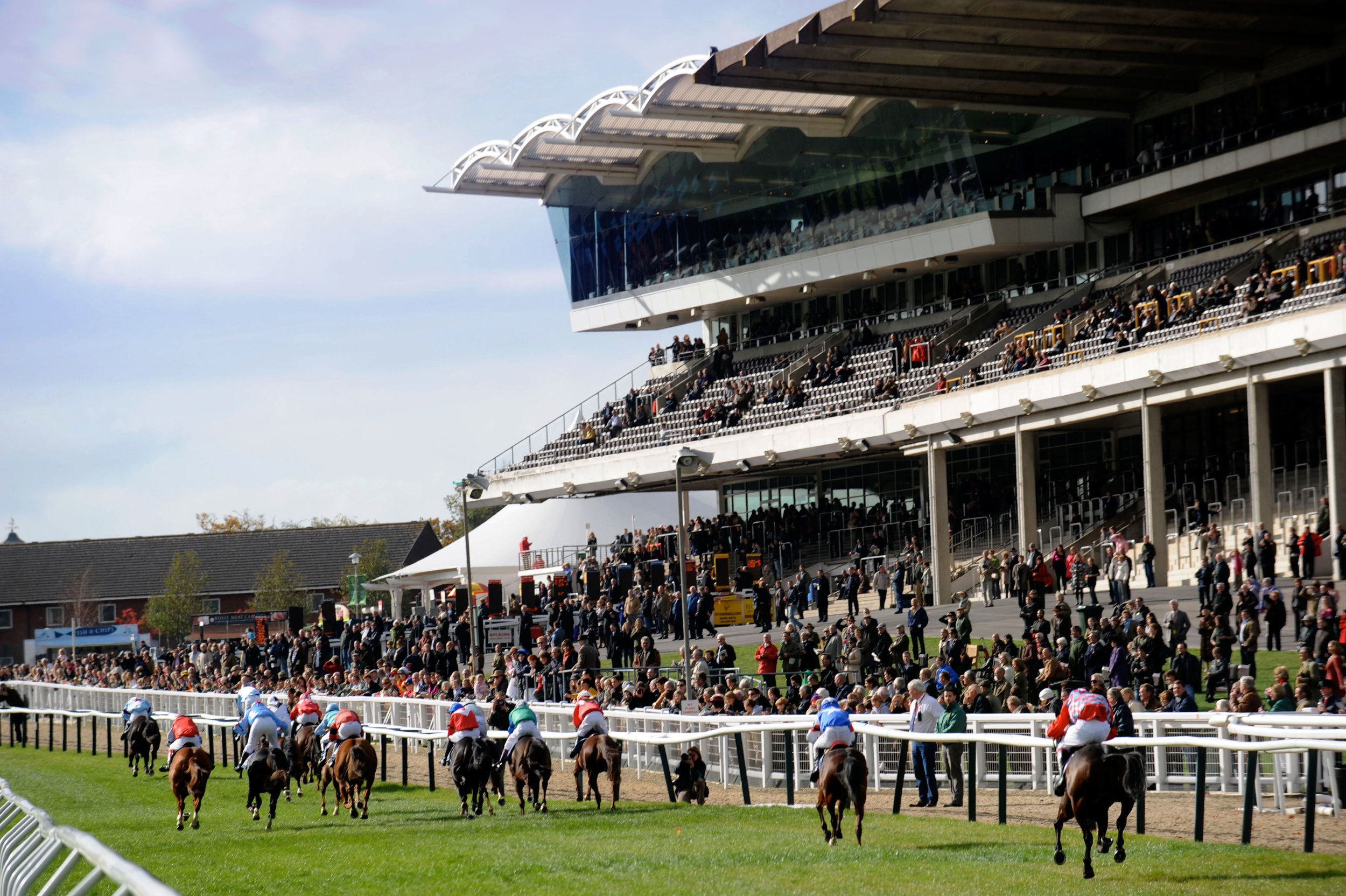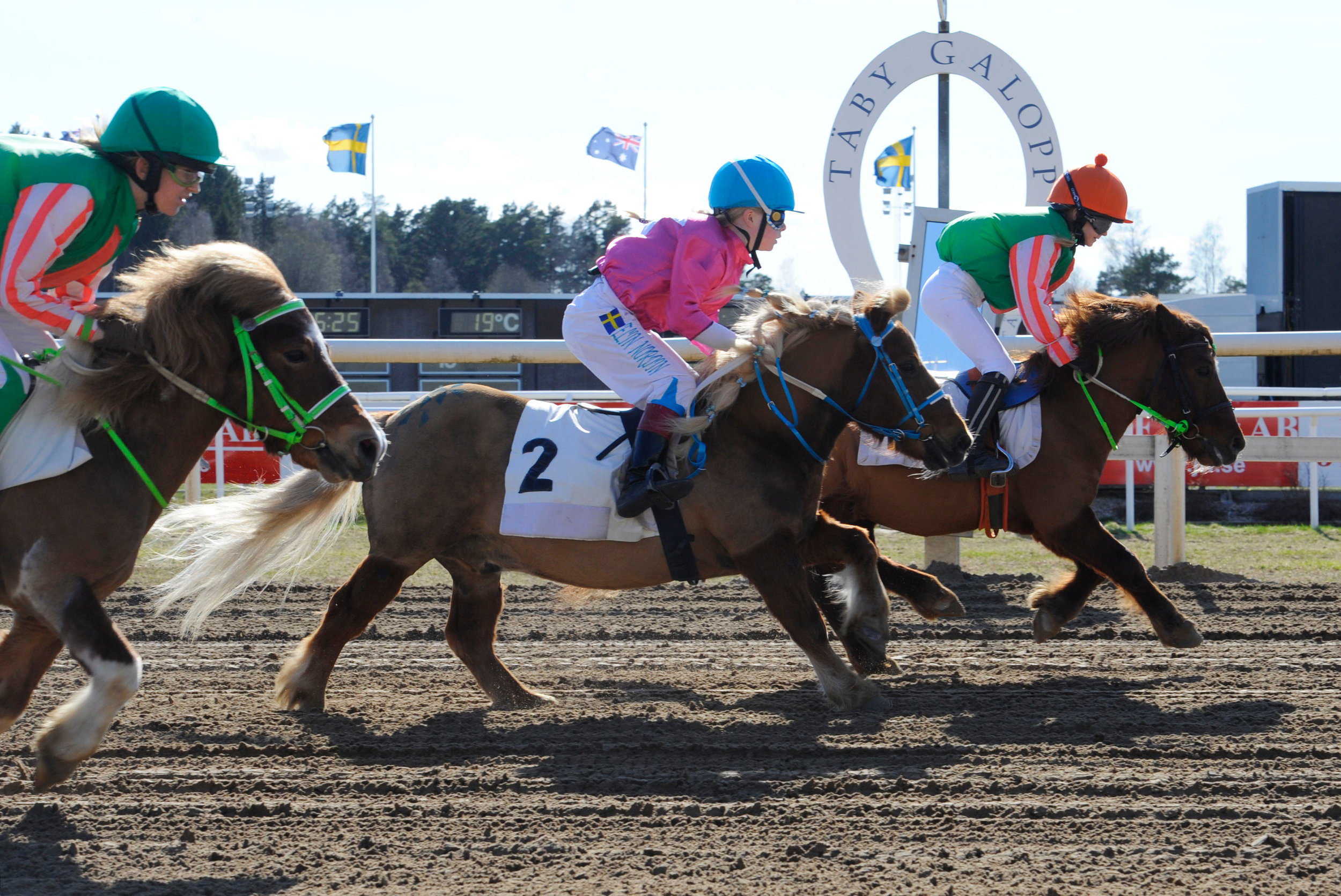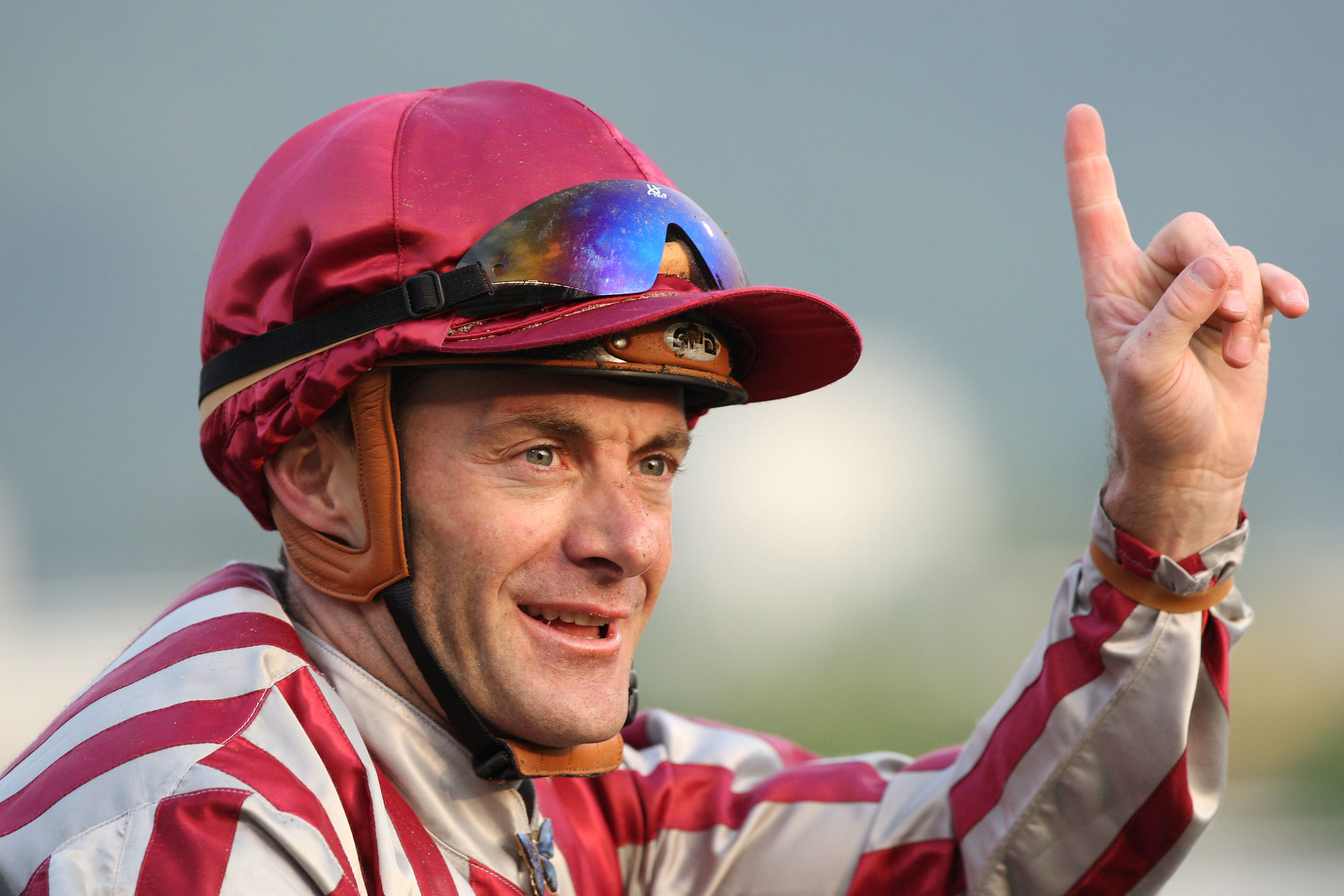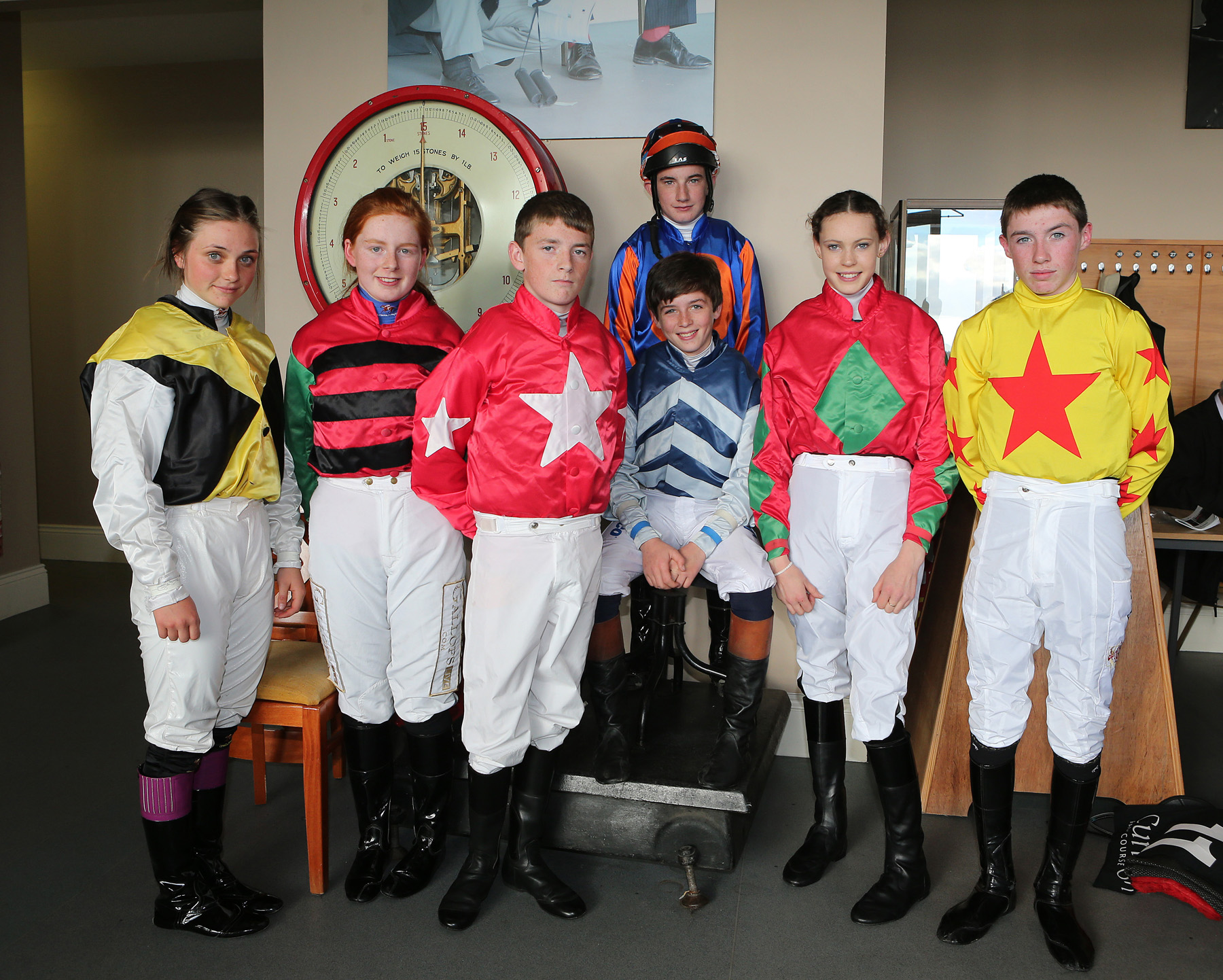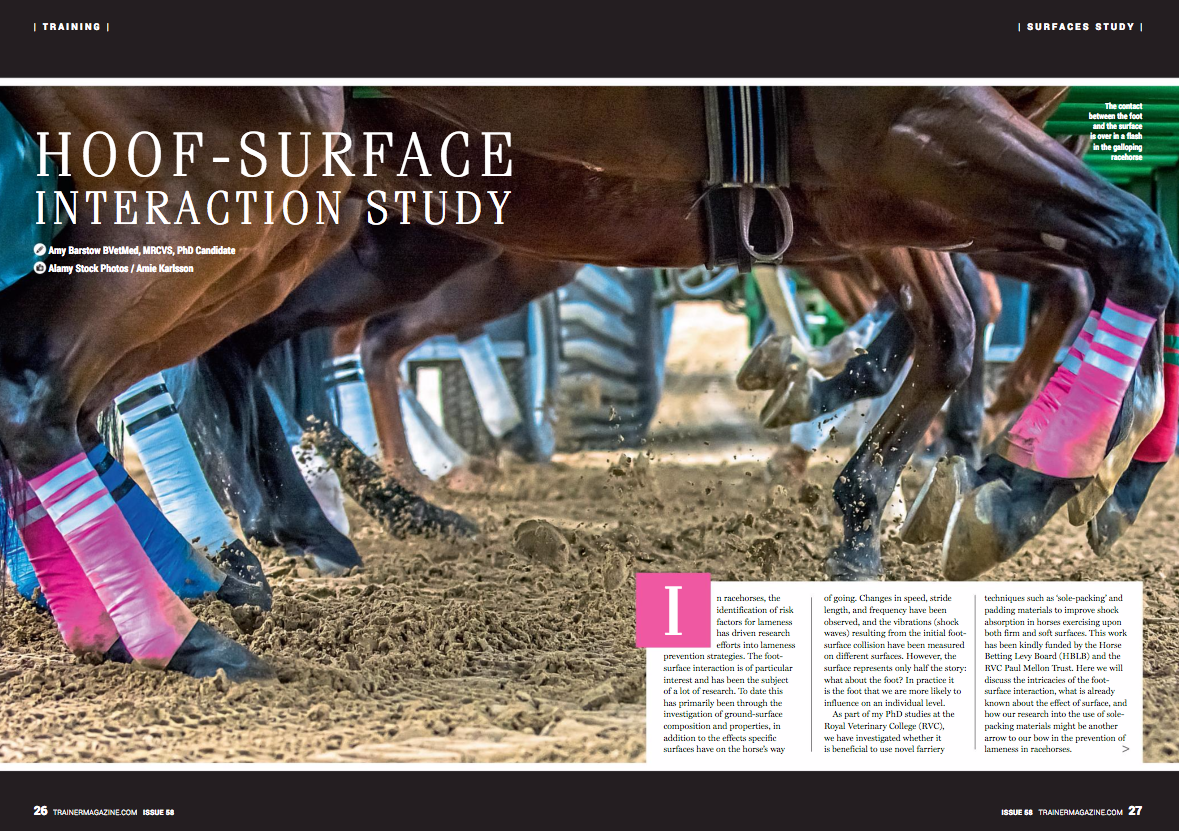Christophe Ferland - A man with a plan
/First published in European Trainer issue 58 - July - September 2017
Click here to order this back issue!
When Christophe Ferland is talking to you, you have his full attention.
He might need to break off the interview for a few moments to deal with something at the yard or on the phone, or to look at a horse, but he will resume exactly where he stopped, without missing a beat. Is this ability to concentrate 100% on what he is doing one of the ingredients in the recipe for the success of French Flat racing’s rising star?
With a jockey-turned-head-lad for a father, Ferland cannot remember the first time he saw a horse. “But I do remember going racing with my father, although he was no longer a jockey at the time, and loving it!” he says now.
So, after a few years riding out in the morning for several renowned trainers including David Smaga and starting in a dozen races as a gentleman rider “without much success or passion, as I really lacked competitive spirit at the time,” he decided that training really captivated him. His mind was made up: he would be a trainer.'
“You have to keep searching – why something went wrong and how to correct it, what could still be improved even when things go well... Never take anything for granted.”
GALLERY


